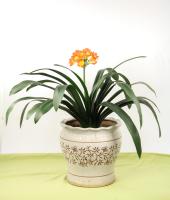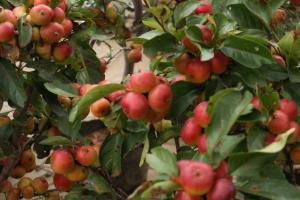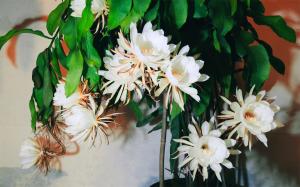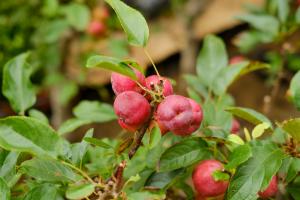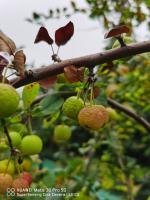1、 Curing method
1. Temperature: it can be seen from its distribution area that it likes higher temperature. Generally speaking, it grows better in the environment of 25 to 35 degrees. Its low temperature resistance is not very good, so it is basically not planted in the north. Therefore, if you want to plant it in the north, you need to pay special attention to cold protection

2. Light: Begonia fruit is bright. Especially in flowering and fruiting period, the requirements for sunshine are very high. Generally speaking, full-time photos can be provided. However, in summer, try to shield the direct light and let it receive astigmatism

3. Watering: it has a large demand for water. The specific amount of watering can be determined according to the climate. If it comes to the dry season, it needs to be watered more. If it's rainy season, you can't pour more water, and you have to drain the rainwater in time
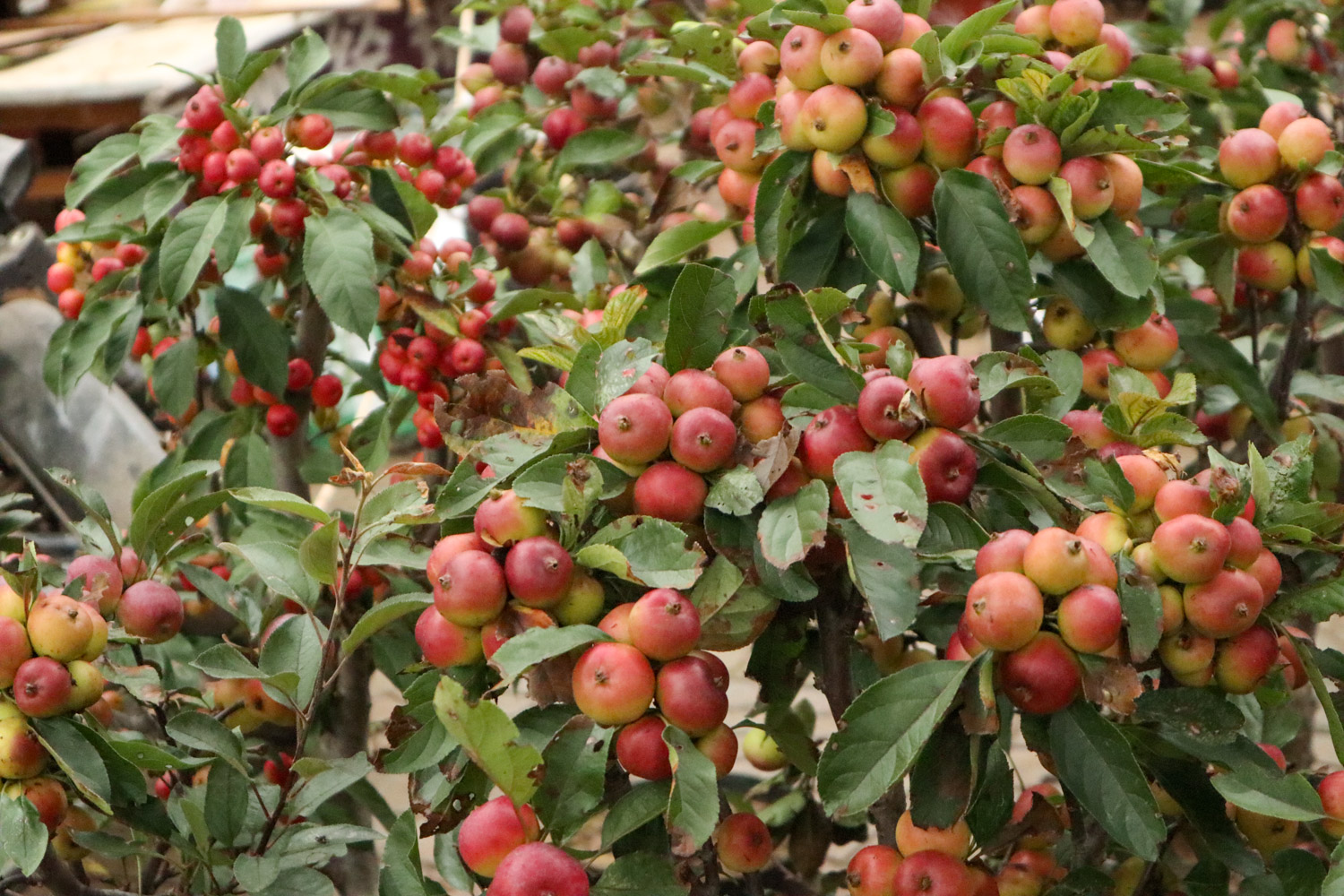
4. Fertilization: it doesn't need much fertilizer. Select a place with deep and fertile soil layer to plant it, and then do not need too much topdressing. But only use some phosphate fertilizer during flowering
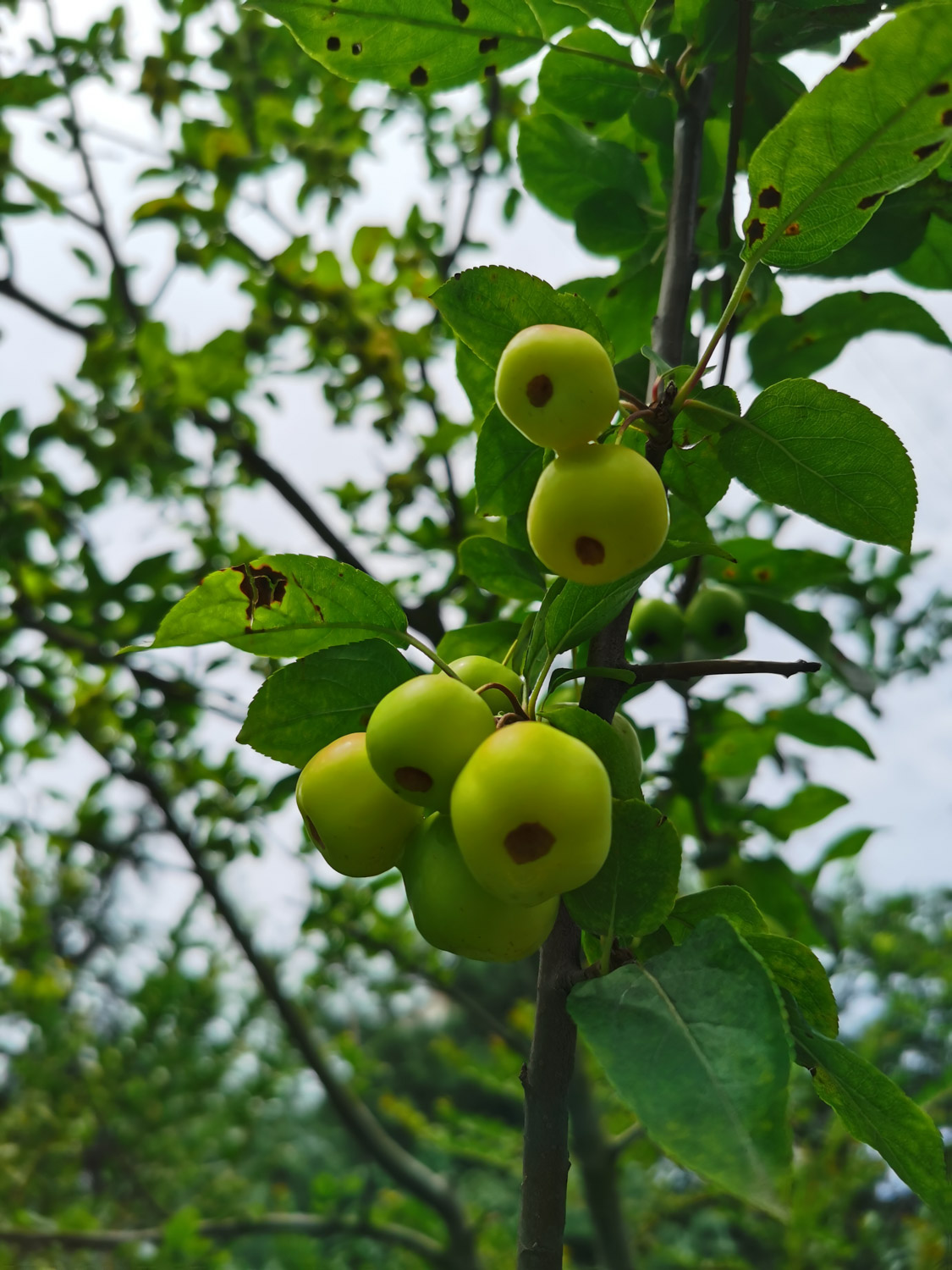
2、 Breeding skills
1. Propagation: generally, it is more propagated by sowing, but if it is propagated in this way, it will grow slowly. First of all, we should choose high-quality seeds, and then choose a suitable place for sowing. Note that the plant spacing needs to be larger, because the volume of the plant itself is relatively large. After sowing, the temperature can be above 20 degrees and watered appropriately

2. Pruning: pruning branches and leaves is an important step. It needs to be trimmed regularly, otherwise the branches and leaves will appear very dense and have a great impact on light transmission. Part of the dense branches and leaves can be cut off. For the Yellow branches and leaves, they can be cut off directly
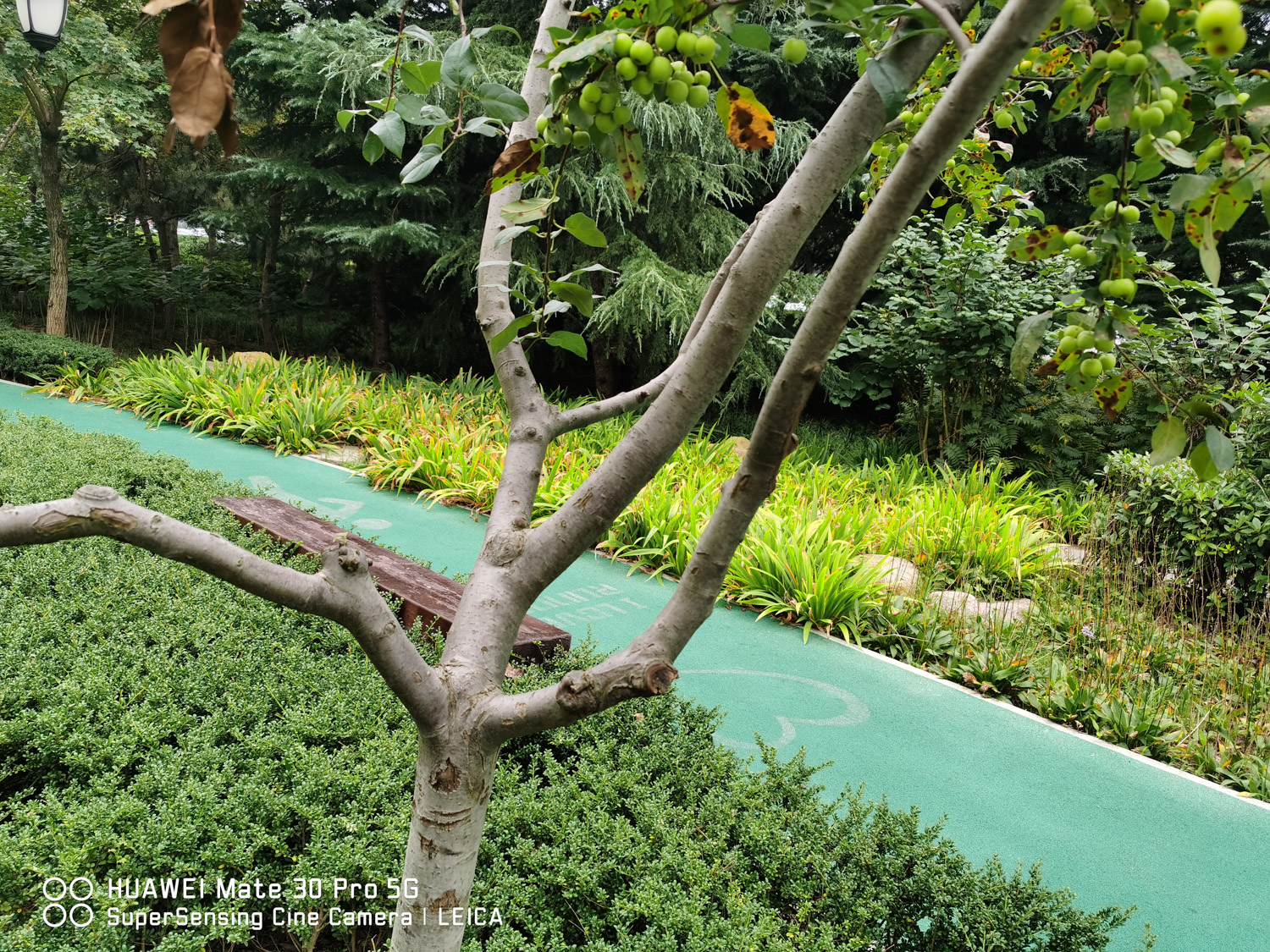
3、 Problem diagnosis and treatment
1. Diseases: there are not many diseases of Begonia fruit, but relatively more in summer. It can be prevented in advance, and some preventive agents can be sprayed regularly, so there will be no problem

2. Insect pests: they are also prone to occur in summer. Prevent and control them in time after they appear, so as not to further increase their number
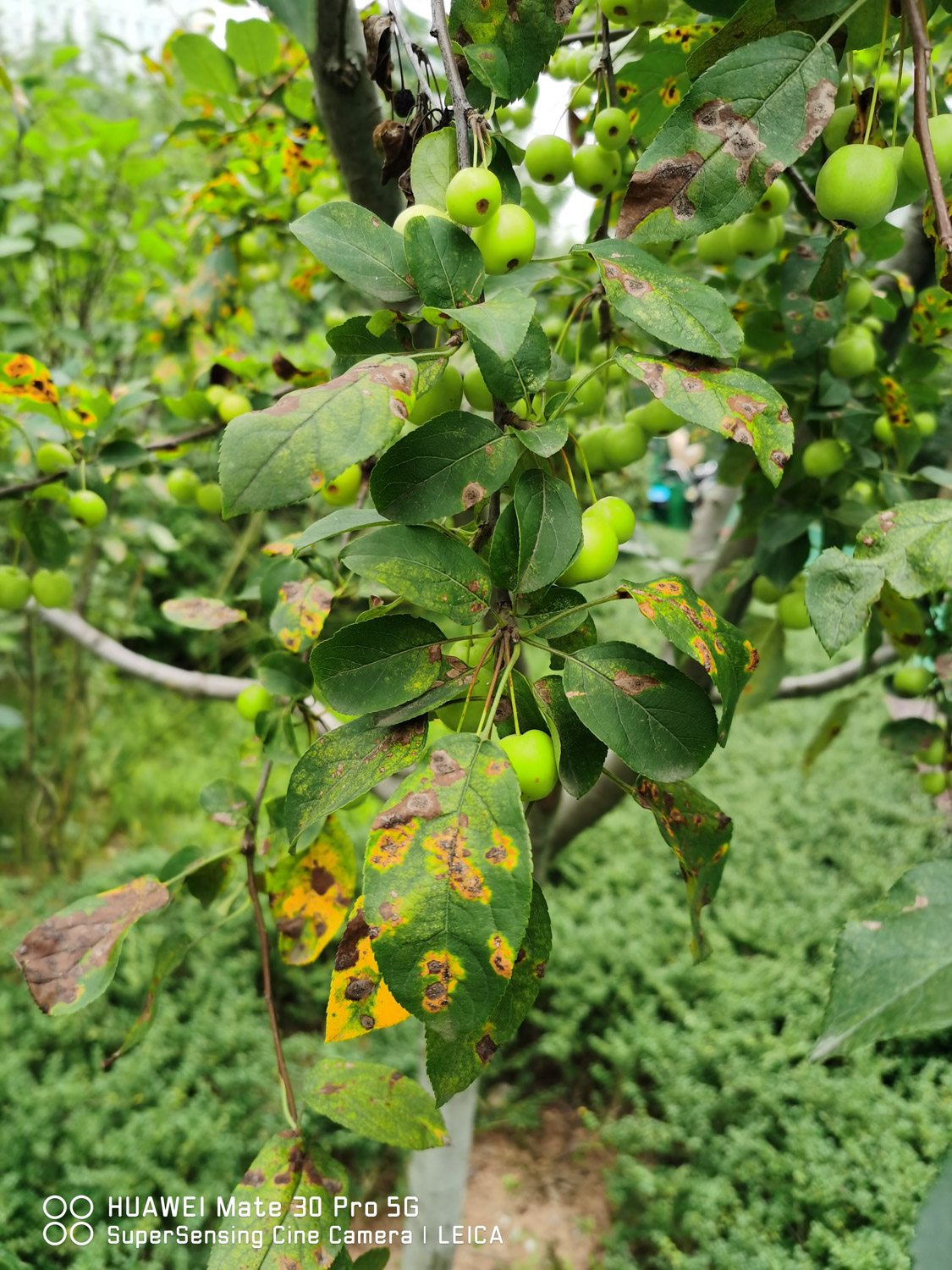
4、 Other issues
1. Toxicity: it is non-toxic and its fruit is edible
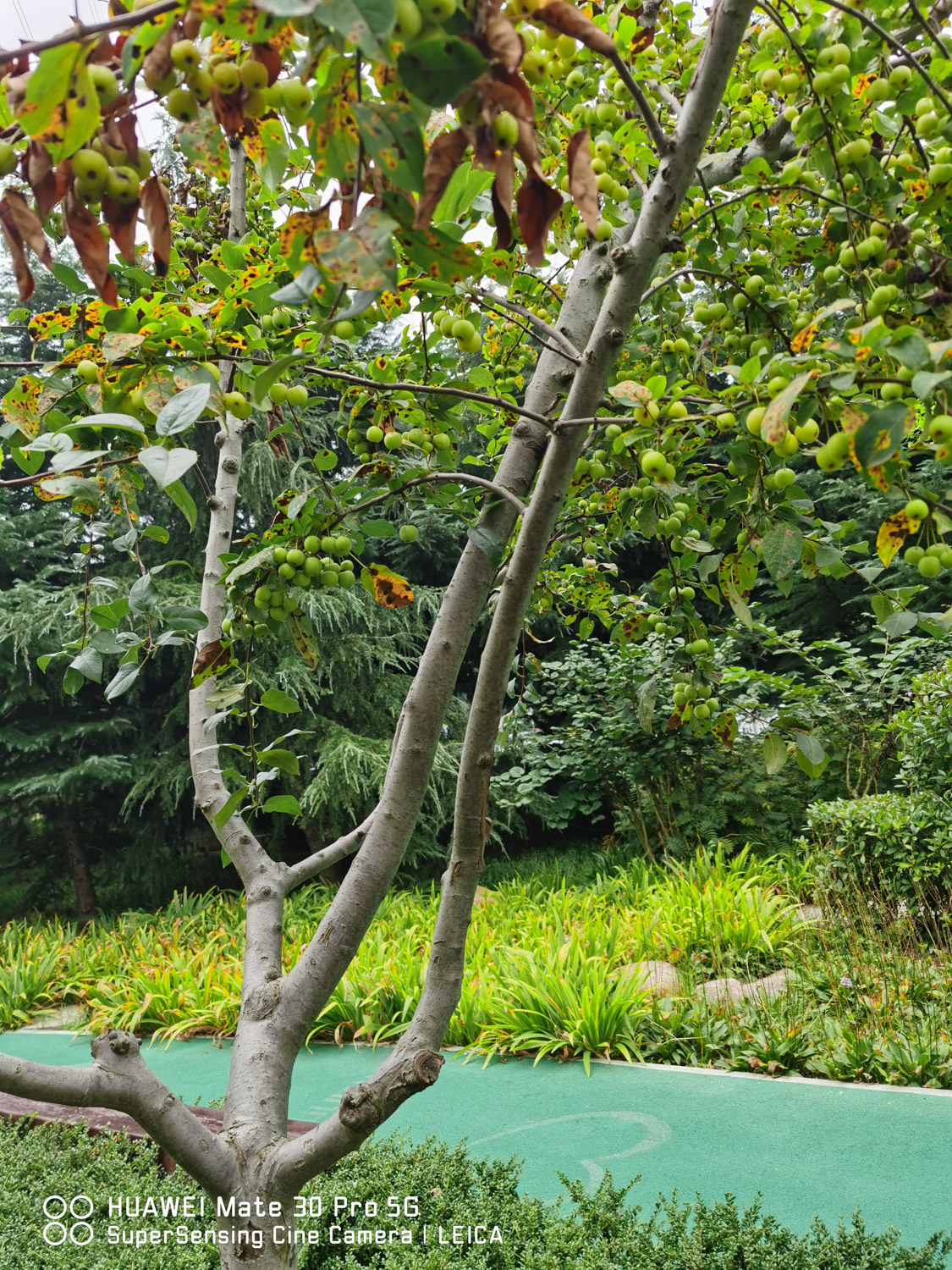
2. Whether it can be raised at home: generally not, because it has been mentioned above that its height is very high and is not suitable for bonsai
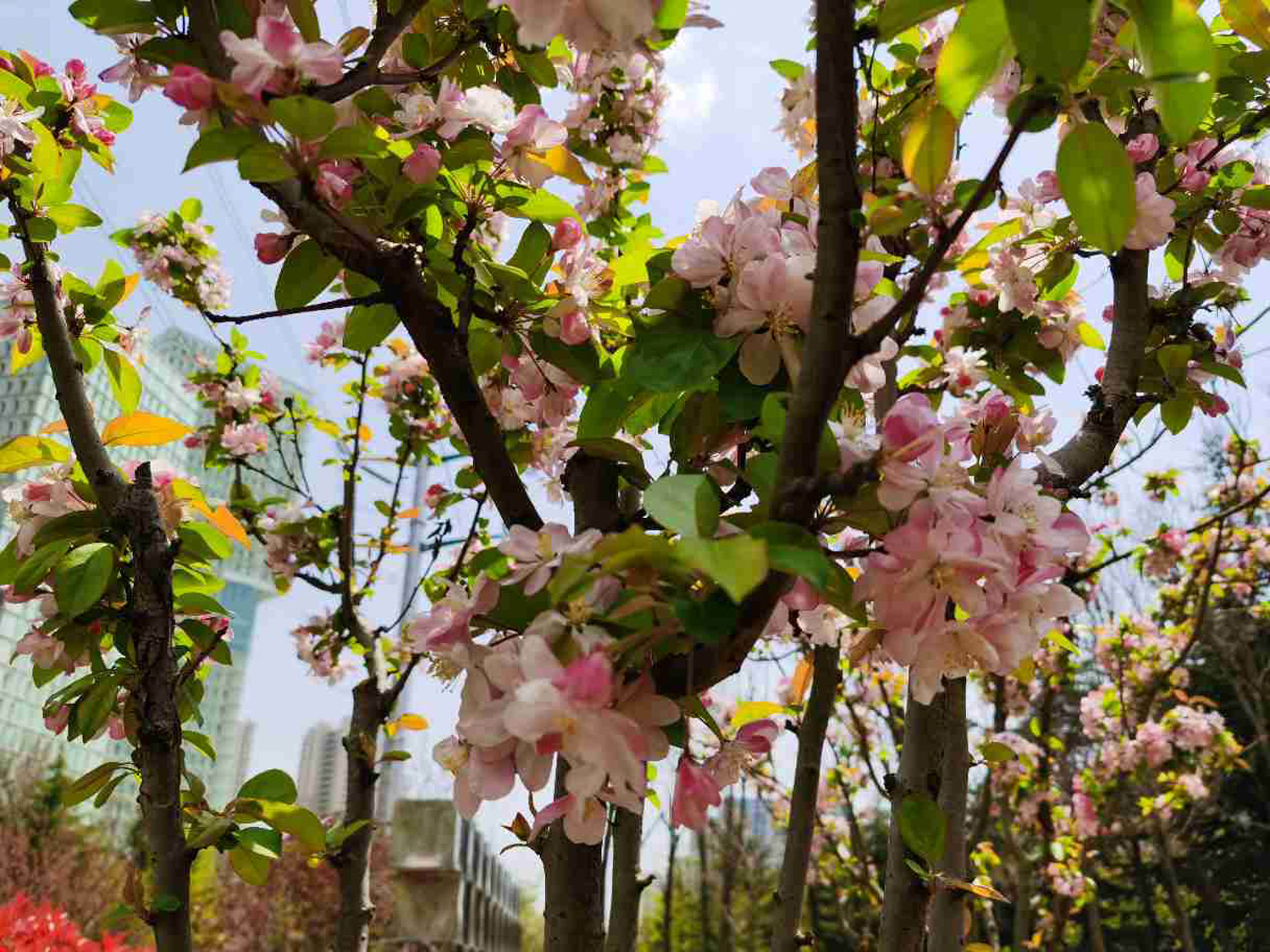

 how many times do yo...
how many times do yo... how many planted tre...
how many planted tre... how many pine trees ...
how many pine trees ... how many pecan trees...
how many pecan trees... how many plants comp...
how many plants comp... how many plants can ...
how many plants can ... how many plants and ...
how many plants and ... how many pepper plan...
how many pepper plan...